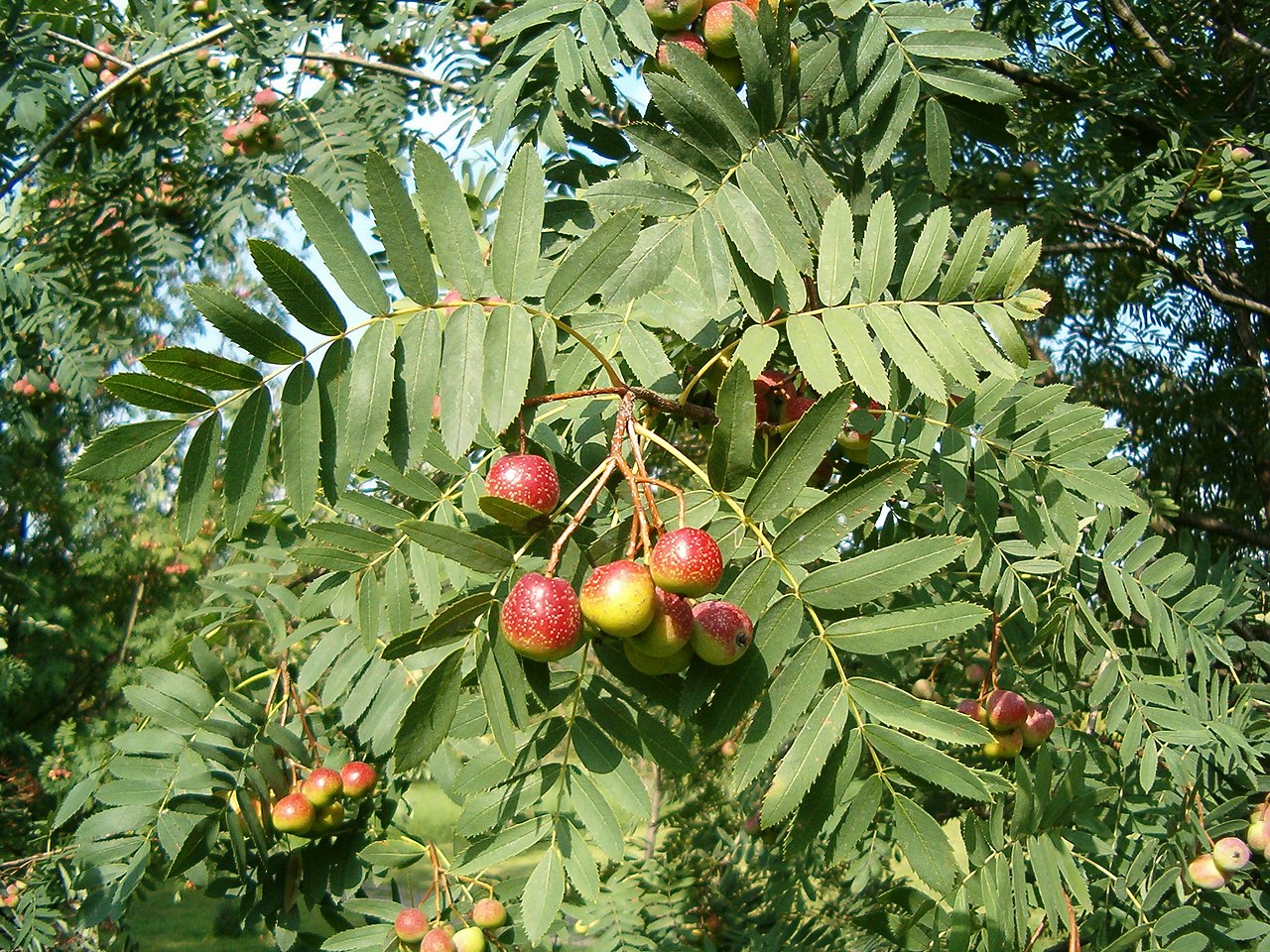Latin costa 'rib; side, flank' has been traditionally linked by Indo-Europeanists to Old Church Slavonic kostĭ 'bone'1, although more recently De Vaan considers this etymology to be dubious, among other reasons because of semantic mismatch2.
In fact, the Slavic word is undoubtedly related to IE *h2osth1- 'bone', although its initial velar stop can't be accounted for in the mainstream model3. The amateur linguist Glen Gordon proposes an early borrowing from a femenine variant of Semitic *kˀa(w)ʃ- 'bow'4 (cfr. Phoenician qšt5), with a semantic drift 'bow' > 'rib' > 'bone'.
In most Romance languages except Romanian, the anatomical meaning of costa was transferred to diminutive forms (e.g. Spanish costilla, French côtelette), while the main word specialized into geographical meanings: '(hill) slope' (e.g. Spanish cuesta) and 'shore' (Catalan and Italian costa), which spread as a Wanderwort: Spanish costa, English coast, Dutch and Swedish kust, German Küste, Danish kyst, etc. There are in addition Middle High German Gestade 'bank' and Old Irish ces 'flank, rump steak', césán 'flanks', which can't be readly derived from costa although they're semantically and phonetically close.
This makes me wonder if all these words could be Semitic borrowings akin to or from Phoenician qsˁt 'edge, limit' (f.)6 < Semitic *kˀītʃˀ 'end, to finish' < Afrasian *kˀajatʃˀ- (HSED 1562), with Latin and German having got the femenine variant and Goidelic the masculine one.
____________________________________________ 1 A. Ernout & A. Meillet (1959): Dictionnaire étymologique
de la langue latine, p. 146.
2 M. De Vaan (2008): Etymological Dictionary of Latin and the other Italic Languages, p.140.
3 Gamkrelidze-Ivanov regard these as different reflexes of a former *qʰ. See Gamkrelidze & V.V. Ivanov (1995): Indo-European and the Indo-Europeans, pp. 111-113.
4 G.
Gordon (2008): Possible
Proto-Semitic Loanwords in Pre-IE.
5 Mª J. Estanyol (2008): Diccionari
abreujat fenici-català, p 113. 6 Mª J. Estanyol, op. cit., p 112.
.jpg)



